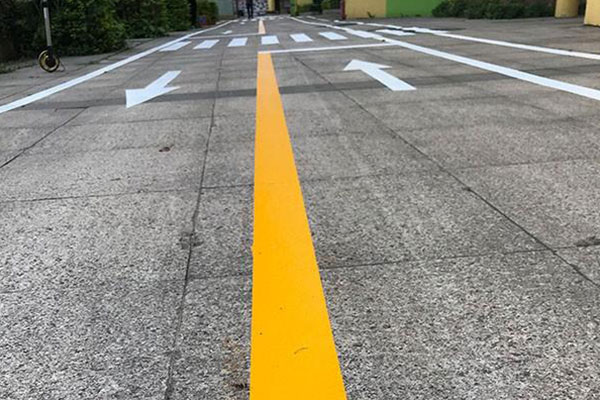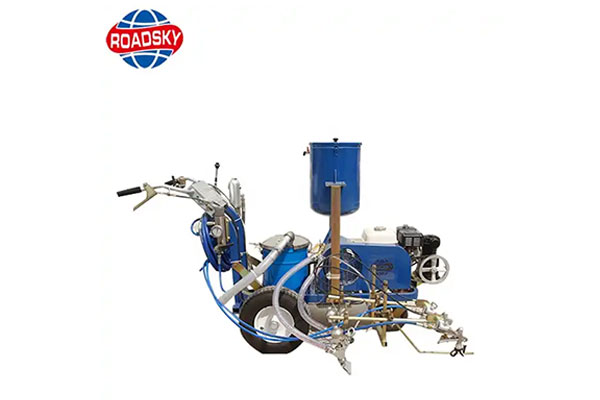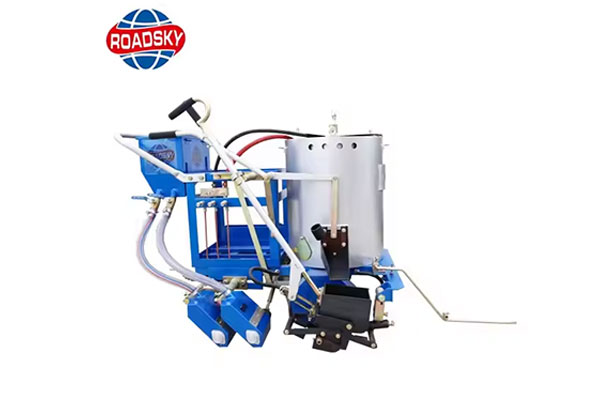Factors Affecting the Cost of Road Marking Paint
Road marking paint plays a crucial role in enhancing road safety, guiding traffic, and ensuring smooth traffic flow. However, understanding the true cost of road marking paint involves more than just the initial purchase price. In this article, we’ll take a closer look at the various factors that impact the overall cost of road marking paint to help you make an informed decision for your road infrastructure project.

Types of Road Marking Paint
Before diving into the cost considerations, it’s essential to be aware of the different types of road marking paints available. Thermoplastic, water-based, solvent-based, and epoxy paints are among the common options. Each type comes with its unique characteristics, durability, and application methods, all of which influence their costs.
Initial Purchase Price
The upfront cost of road marking paint is the most apparent factor. Thermoplastic paints, known for their longevity, often come with a higher initial price tag compared to water-based or solvent-based alternatives. However, it’s crucial to evaluate the longevity and durability of the paint in relation to its initial cost to determine the best value for your project.
Longevity and Durability
One of the key factors affecting the cost of road marking paint is its longevity and durability. While some paints may be more expensive initially, their extended lifespan can result in lower overall costs over time. Thermoplastic paints, for instance, have a longer life span compared to water-based paints, making them a cost-effective choice in the long run.
Application Method
The method of application is another factor that affects the overall cost of road marking. Traditional methods involve manual application, which can be time-consuming and labor-intensive. However, advancements in technology have introduced efficient alternatives such as airless spray machines and thermoplastic road marking machines. These methods not only speed up the process but also ensure precision, reducing the chances of errors and the need for rework.


Surface Preparation
The condition of the road surface plays a crucial role in determining the cost of road marking paint. Proper surface preparation, including cleaning and priming, is essential for ensuring adhesion and longevity of the markings. Neglecting this step can result in premature wear and increased maintenance costs. Investing in thorough surface preparation may seem like an additional expense, but it pays off in the form of extended paint life and reduced reapplication needs.
Maintenance Costs
Considering the maintenance requirements of road marking paint is crucial for an accurate cost assessment. Some paints may need more frequent touch-ups or reapplication, leading to higher maintenance costs over time. Assessing the maintenance needs of each type of paint helps in estimating the true cost of ownership.
Local Regulations and Standards
Different regions may have specific regulations and standards regarding the type of road marking paint used. Complying with these regulations is not only essential for safety but also to avoid potential fines or delays in project completion. Ensure that the chosen road marking paint meets local standards, and factor in any additional costs associated with compliance.
Conclusion
When evaluating the cost of road marking paint, consider the type of paint, lifespan, application methods, maintenance requirements, environmental impact and compliance with local regulations. By considering these factors, you can make informed decisions that balance upfront costs with long-term benefits, ultimately ensuring a safer and more efficient road infrastructure.

